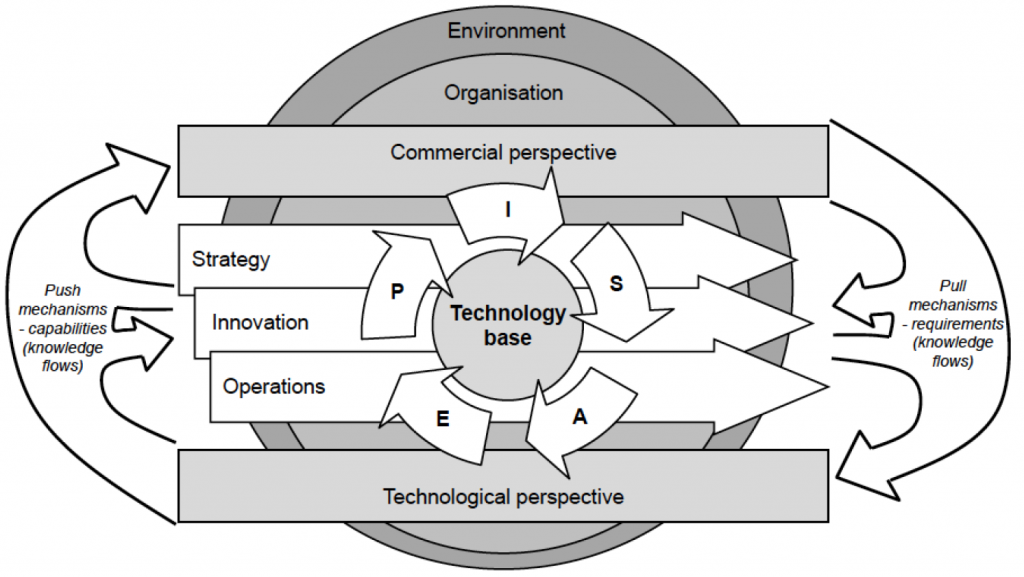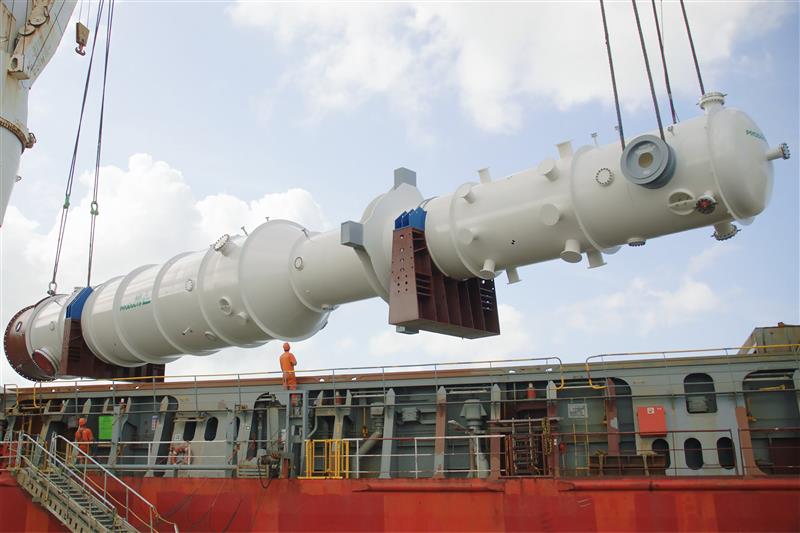Technology strategy can also help objectively identify the right technology opportunities and defend from possible technology disrupters.
Frequently asked questions
Q1 How do you choose which technologies the firm should invest in – both individually and as a part of its wider portfolio?
Q2 How should new technologies be acquired, developed, protected and integrated with the company’s existing technology base?
Q3 How can you decide the most appropriate means of exploiting technology resources and assets, whether internally or externally to achieve optimum return?
Learning points
From our experiences of working with leading companies we have identified several key learning points.
The first step when developing a technology strategy is to engage with all the major players across the company and this includes marketing and business development and finance. Bringing them on board early on will ensure important commercial input and get their buy-in for the implementation of future plans.
The second learning is use knowledge and experience already available in the form of your own experienced people, academic works and external good practice. Don’t re-invent the wheel or experiment – it’s too important to get wrong.
Another important element is engagement with experts from outside the core business; to provide both objective assessment of the current R&D capability and to help identify potential new growth platforms. This process helps to deliver real growth to a company beyond that which can be achieved through incremental improvements.
Advice to R&D Managers considering technology strategy includes
- Gain a market perspective – involve marketing, business strategy and finance from the beginning or the strategy will not progress.
- Seek objective external input – this is required to prevent self-justification and myopia
- Engage with experts – Internal brainstorms are useful to get alignment, but will not create the new insights for growth – that comes from external experts, many from adjacent sectors with different knowledge
- Offer believable compelling choices – create a set of well-articulated believable choices from which to devise a strategy
- Disruptive technology offers greatest potential for growth and risk – some parts of the process need to be iterative rather than sequential, new technology brought in from other sectors may change customer needs in a way that is unpredictable i.e. customers don’t know what they want until they have seen it
- Strong leadership and follow through – every technology strategy needs to have an implementable technology plan otherwise nothing will happen.
- Continual improvement – technology strategy needs to be continually refined unlike business planning or budgets for next year, which is a one-off event. This is because the technology strategy is only as good as the day its created.
Key strands
Technology strategy starts with the business strategy and customer needs, and should also identify new insights and emerging technologies. The process is not necessarily sequential but iterative and should be continually developed and renewed over time as the act of implementing the technology strategy will change the future.
In this theme we will look at the different facets involved in creating a technology strategy:
- Aligning business strategies and models to technology strategy
- Technology strategy – industry emergence and firm resilience
- Addressing technology needs of industry sector
- Technology strategy development and implementation for smaller firms and early-stage businesses
- Technology strategy models, tools, techniques and their case applications to company or industry problems
- Understanding and managing roles and behaviours in technology strategy development
- Implementing technology strategy – resource interactions and coordination, and organisational culture
- Technology strategy outcomes – understanding enabling conditions for deriving real competitive advantage















